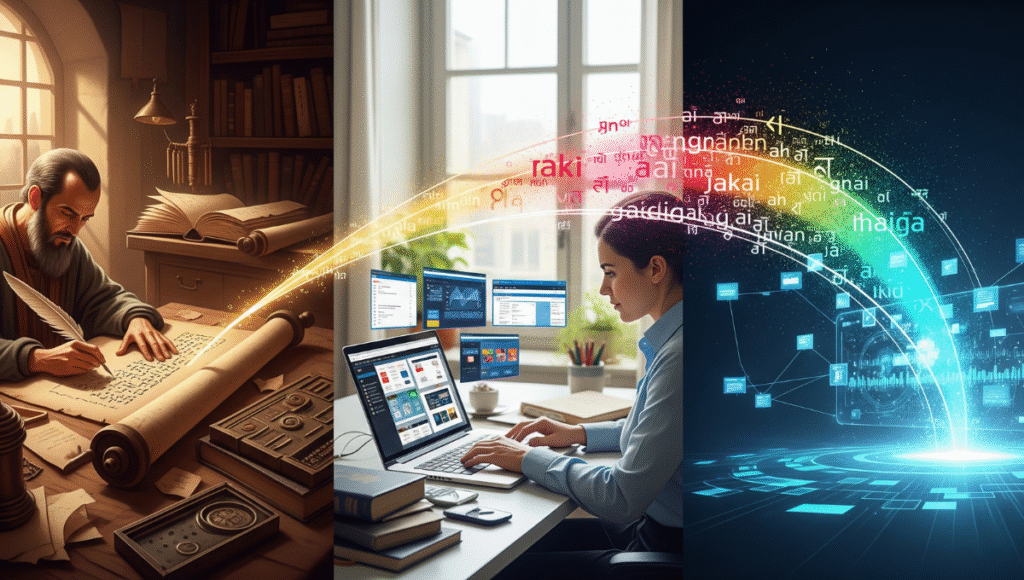In our increasingly interconnected global society, the role of translation services has become more vital than ever. Whether bridging language barriers in business, diplomacy, or culture, translation has evolved from a simple word-for-word exchange to a complex, nuanced art form. Derived from the Slavic term for translator, Преводсч represents this ongoing evolution in the field. Today, translation is not just about converting text—it’s about connecting people, ideas, and worlds.
The Evolution of Translation
Historically, translation was primarily a manual task, reliant on human linguists who navigated the intricate nuances of language and culture. From ancient manuscripts to diplomatic correspondence, translators played a pivotal role in preserving and sharing knowledge. However, as globalization accelerated, the demand for faster, more scalable translation solutions grew exponentially.
Enter the digital age, where translation technology began to complement human expertise. Machine translation tools like Google Translate revolutionized accessibility, allowing instant comprehension across hundreds of languages. Yet, despite their convenience, these tools often lack the subtlety and cultural understanding that professional translators bring.
Modern Translation: A Hybrid Approach
Today, Преводсч represents a hybrid model—where advanced technology and human skill work hand in hand. Translation services now leverage AI-powered tools for efficiency, while human translators ensure accuracy, tone, and cultural relevance. This combination ensures that messages are not only translated but truly communicated.
Industries such as legal, medical, and marketing demand this high level of precision. A mistranslated legal contract or medical instruction can have serious consequences, highlighting why expert translators remain indispensable despite technological advances.
Beyond Words: The Utility of Modern Translation Services
Modern translation services have expanded their utility beyond text. Localization, interpreting, subtitling, and transcreation are now integral parts of the translation landscape. Localization adapts content to fit cultural norms, ensuring it resonates with the target audience. Transcreation goes even further, creatively transforming messages to maintain their original impact across languages.
In business, this means brands can authentically engage diverse markets. For diplomacy and international relations, accurate interpretation fosters mutual understanding and cooperation. In entertainment, subtitling and dubbing open up stories to global audiences.
The Future of Преводсч
Looking forward, translation services are poised to become even more sophisticated. Advances in neural machine translation, real-time interpreting devices, and AI-driven language models promise faster, more accurate, and more accessible communication. However, the human element will remain crucial—language is deeply tied to culture, emotion, and context, areas where machines still fall short.
The future of Преводсч lies in this balance—embracing innovation while preserving the art of human connection. As our world grows more diverse and interdependent, the need for skilled translators who can navigate linguistic and cultural complexities will only intensify.
Conclusion
Преводсч, as a concept and practice, embodies the ongoing evolution of translation in the modern era. It highlights how translation services have moved beyond simple word substitution to become essential tools for global understanding and collaboration. By redefining what it means to translate, Преводсч is helping us build bridges across cultures and languages, making the world a smaller, more connected place.

